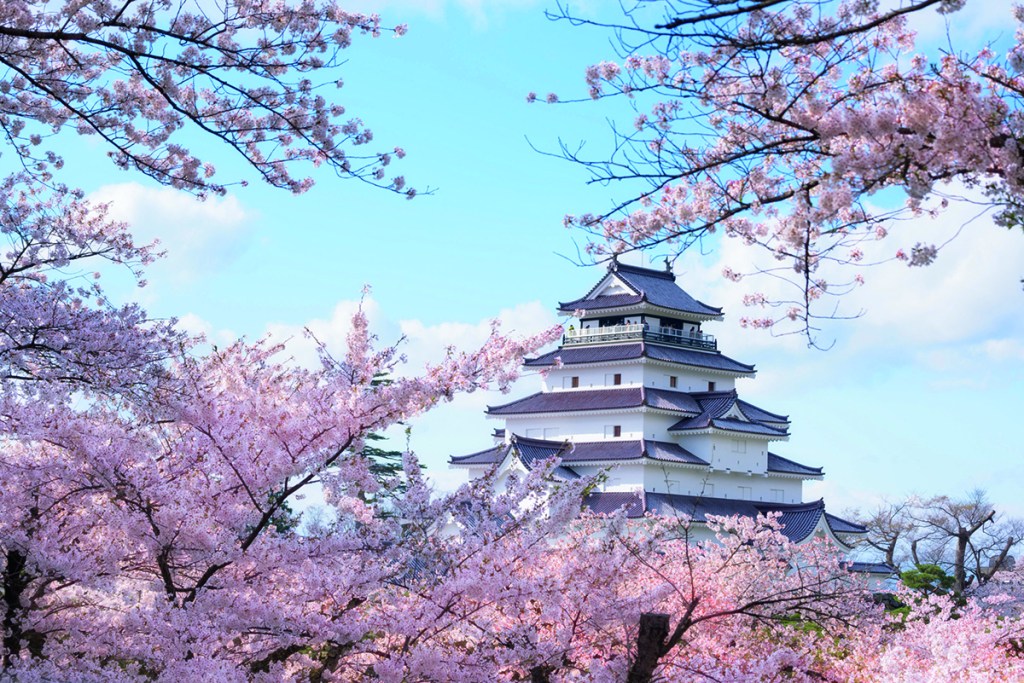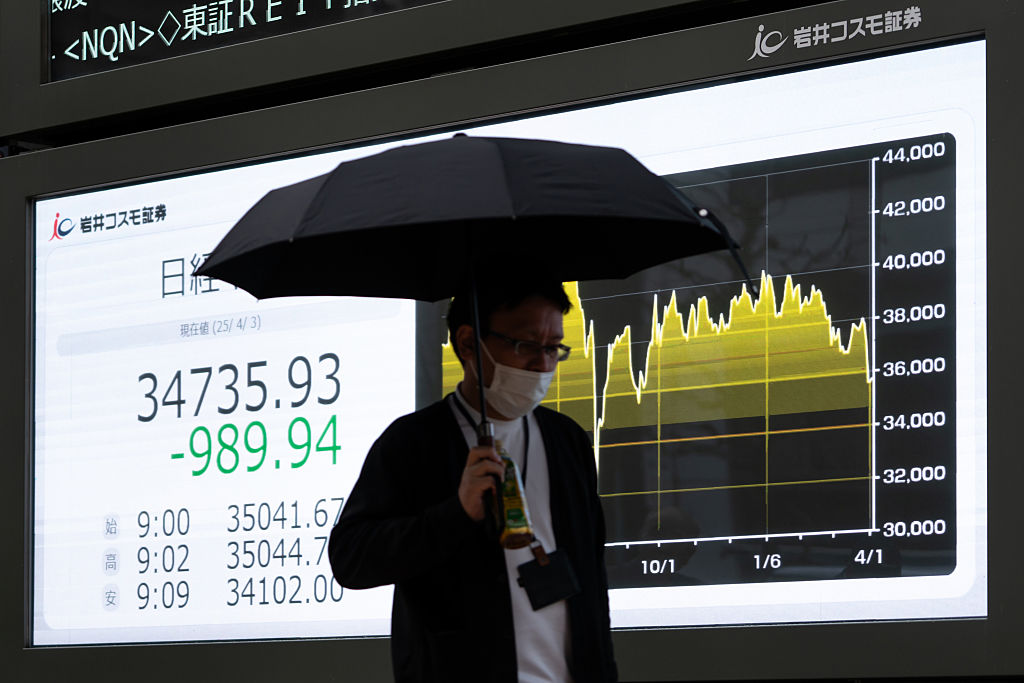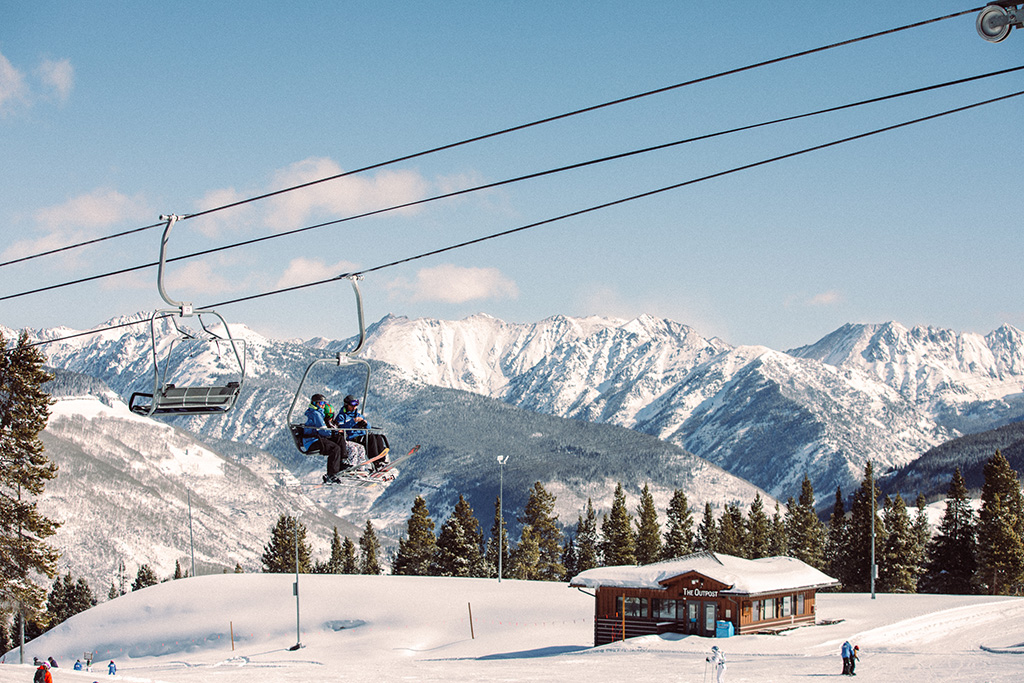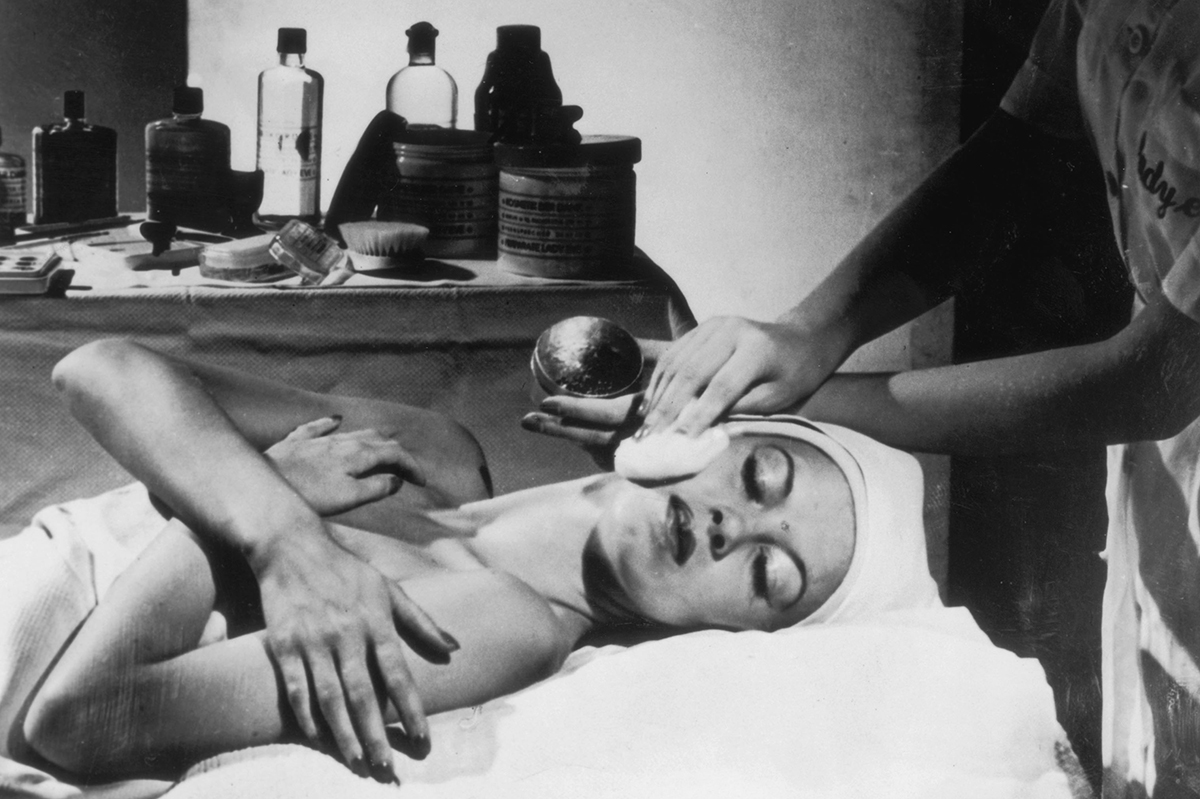I started my visit to Japan’s north country deep in the mountains, in hot water in a bath the size of a swimming pool. Quietly simmering, I was intrigued to notice that the glass which formed the outside wall was not misted up, though the water was steaming. Through the darkness I could make out trees, bushes and the glint of the lake below. I waded over and reached out my hand, only to discover that there was no wall. One side of the bath was entirely open to the air.
For the Japanese no journey, particularly to the north, is complete without soaking in as many hot springs as possible. The mineral-rich waters are the upside of the geological turbulence that brought about the devastating tsunami of March 2011. Today everyone knows the name ‘Fukushima’. But until that dreadful day Tohoku, the Japanese name for the northeast, was a well-kept secret. Even now few westerners venture this far.
That night’s hot spring resort was in Urabandai, among the spectacular hills and lakes north of Mount Bandai, a live volcano. The following day I took the road for Aizu Wakamatsu, on the other side of the mountains, inland from Fukushima. Yukio Hoshi, an Aizu man himself, was showing me around.
Aizu is at the heart of Japan’s rugged north country and it prides itself on its samurai heritage. As Yukio explained, it’s had its share of bad luck — defeat in the civil war that heralded the beginning of the new Japan in the 1860s, followed by a century and a half of neglect. Perhaps as a result it’s a place where you can feel you’re back in old Japan.
Before its downfall, the Aizu domain was famous for its education system and strict samurai code. People spoke of the ‘Aizu spirit’. Its school, the Nisshinkan, was famous throughout the country. There boys studied Chinese and Japanese classics, Confucian doctrine, astronomy, arithmetic and medicine along with martial skills.
On the way down we stopped to visit. The school was destroyed in the civil war but has been reconstructed. It’s a splendid building set in extensive grounds, with classrooms, a martial arts hall, an astronomical observatory and the oldest swimming pool in Japan. Groups of visiting schoolchildren were practicing Japanese archery — holding long bows high above their heads, firing at straw targets on the other side of the grounds.
Aizu Wakamatsu was a short drive farther on between rice fields and hills. We headed for Nanukamachi, once a bustling mercantile center on the main highway to the north. At the far end of the long straight street, hills crowded in on the city. To each side were shops, inns and warehouses from the Meiji and Taisho eras — Victorian and Edwardian times.
I stopped to admire the handsome latticed façade of Shibukawa Donya, which started life 120 years ago as a seafood warehouse and is now an inn offering traditional Aizu cuisine. These thick-walled buildings have steep tiled roofs and heavy shutters to protect the inset windows. They needed to be strong enough to survive war, fire and the area’s freezing winters, when the snow is deep enough to bury a house. People in these parts are a hardy lot, a different breed from the inhabitants of the more hospitable climes of central and southern Japan.
We stopped off for lunch at Mitsutaya, a renovated miso storehouse with whitewashed walls and signs outside proclaiming its specialty, dengaku — grilled foods brushed with miso soybean paste.
Well fed, we went on to Tsurugajo, Crane Castle, once the most ancient and formidable fortress in Tohoku. It was besieged, so Yukio told me, in the devastating war of 1868, just over 150 years ago, and destroyed shortly after. But nothing could dislodge the gargantuan granite blocks that form the embankments and massive foundations. We crossed the bridge that spanned the moat and climbed between the embankments. The castle was lovingly reconstructed in 1965. It’s a dazzling sight with its white walls soaring five stories high, sweeping roofs tiled in red and golden ornamental dolphins flipping their tails at the ends of the roof beams. As its name — Crane Castle — suggests, it’s light and airy, as if it’s about to take flight.
Inside is a museum celebrating the city’s past and commemorating its fall. Pride of place is given to an 1860s photograph of the last daimyo warlord, Katamori Matsudaira, wearing his swords and robes and diamond-shaped headdress of office. On display are some of the princely treasures that filled the castle — samurai armor, mustachioed helmets, gold-embroidered kimonos, tea-ceremony utensils and scrolls displaying calligraphy. Katamori’s private suite, with its lavish gold screens, sword rack and elbow rest, has been reconstructed. There he would have reclined while engaging in courtly pursuits or enjoying himself with his ladies.
From the balcony on the topmost floor I gazed down on the tiled roofs of the battlements, the daimyo’s physic garden and across to Mount Iimori, among the hills at the city’s edge. This was where, at the height of the fighting in 1868, a band of twenty teenage samurai called the White Tiger Brigade retreated after being separated from their comrades. Looking across at the city, they saw billowing flames and assumed that the castle had fallen. In true samurai fashion they committed seppuku (hara-kiri).
The hill is steep enough to warrant an escalator, but I preferred the rough stone steps. At the top, sunlight filtered through the trees and the gravestones cast long shadows. Smoke rose from the incense eternally burning in front. From here you can see the city and castle that the youths thought was burning. In fact, they were wrong. The battle wasn’t over and their deaths were in vain — which only makes it all the more poignant.
On the way down we came to an extraordinary structure, the Sazaedo (‘turban shell tower’), a rickety-looking asymmetrical wooden pagoda which dates from 1796. Carved serpents and dragons coil around the entranceway. Spiraling around the interior like a double helix are two staircases of shallow steps, one going up, the other going down. People going up never meet those coming down and you never pass the same spot twice. Centuries of pilgrims have pasted the walls and ceilings with a patchwork of papers printed with prayers or names or wishes in stylized calligraphy. I climbed up and down again, past images of Buddhas, bodhisattvas and mummified saints, thereby apparently acquiring as much merit as if I had made a long pilgrimage.
The next day we visited the splendid mansion of Tanomo Saigo, who had been the chief minister of the last daimyo. Inevitably it’s another reconstruction, but impeccably recreated. The house sits within a gated enclosure amid spacious grounds. The imposing gates are hung with drapes emblazoned with the crest of the Saigo family. Its 38 rooms once housed Saigo’s extended family, along with an extensive staff of servants, guards and soldiers. There was also a tea-ceremony house, quarters for the clan’s judge and a working rice cleaning mill.
Walking from room to room I tried to imagine myself back to the elegant life of those days. Besides artworks, exquisite screens, painted scrolls and pottery, many objects gave evidence of the high level of culture — a compass with the directions marked in Japanese characters, a telescope, and a sundial no bigger than a wristwatch.
We took a drive into the hills outside Aizu to visit one of the north’s most celebrated temples, Enzoji. The temple dates from AD 807 and is marvelously old and ornate. It’s a spectacular sight, perched on stilts above a rocky cliffside. Standing on the balcony which hangs out above the valley I looked down on the river and formidable hills stretching away on the other side. Under the overhanging roof, the eaves are carved with dragons and sages so vivid they seem to be coming alive. In the grounds a snarling green-tinged iron dragon spouts water. Yoshio pointed to the bullet holes in the venerable wooden walls. This place too saw action in that devastating civil war.
I ended the day back at Higashiyama hot spring, blissfully up to my neck in hot water.
This article was originally published in The Spectator’s September 2021 World edition.

























